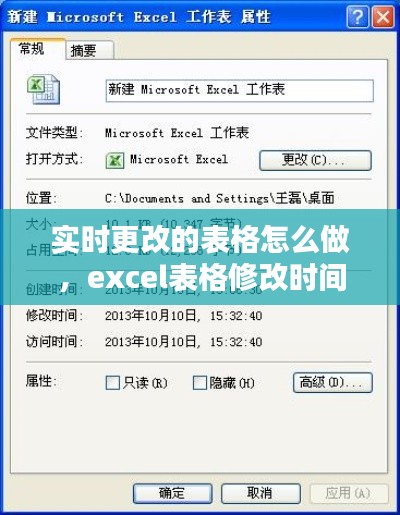Introduction to Real-Time Translation Software
In today's globalized world, communication across languages has become more important than ever. Real-time translation software has emerged as a powerful tool that allows individuals and businesses to bridge language barriers effortlessly. This article delves into the world of real-time translation software, exploring its benefits, features, and how it can enhance cross-cultural interactions.
Understanding Real-Time Translation
Real-time translation refers to the ability of a software application to translate spoken or written text almost instantaneously. This technology has been revolutionizing the way people communicate, making it possible for individuals who speak different languages to interact seamlessly. Unlike traditional translation methods, real-time translation software provides immediate results, enabling users to engage in conversations without any delay.
Types of Real-Time Translation Software
There are several types of real-time translation software available, each with its unique features and capabilities. Here are some of the most popular ones:
Speech-to-Speech Translation: This type of software translates spoken words from one language to another in real-time. It is particularly useful for face-to-face conversations and is often integrated into mobile apps or wearable devices.
Text-to-Speech Translation: This software translates written text into spoken words, allowing users to listen to the translated content. It is commonly used in e-books, websites, and other digital platforms.
Machine Translation: Machine translation involves the use of algorithms to automatically translate text from one language to another. While it may not always be accurate, it is a cost-effective solution for quick translations.
Hybrid Translation: This approach combines both human and machine translation to provide more accurate and nuanced translations. It is often used in professional settings where precision is crucial.
Key Features of Real-Time Translation Software
Real-time translation software offers a range of features that enhance the user experience and improve the quality of translations. Some of the key features include:
Language Support: High-quality real-time translation software supports a wide range of languages, ensuring that users can communicate with people from all over the world.
Accuracy: Advanced algorithms and machine learning techniques are used to improve the accuracy of translations, minimizing errors and misunderstandings.
Speed: Real-time translation software is designed to provide instant translations, allowing users to engage in conversations without any delay.
Customization: Users can customize the software to suit their specific needs, such as adjusting the translation speed, choosing preferred dialects, or setting up personalized dictionaries.
Accessibility: Many real-time translation tools are designed to be accessible to users with disabilities, including screen readers and voice commands.
Benefits of Using Real-Time Translation Software
Real-time translation software offers numerous benefits, both for personal and professional use. Here are some of the key advantages:
Enhanced Communication: Real-time translation breaks down language barriers, enabling people to communicate more effectively and build stronger relationships.
Improved Productivity: By facilitating communication, real-time translation software helps businesses and organizations operate more efficiently, saving time and resources.
Global Expansion: For companies looking to expand into new markets, real-time translation software can help them overcome language challenges and reach a wider audience.
Learning Opportunities: Real-time translation can also be a valuable tool for language learners, providing them with immediate feedback and practice opportunities.
Challenges and Limitations
While real-time translation software has made significant advancements, it still faces certain challenges and limitations:
Accuracy Issues: Machine translation can sometimes produce inaccurate or awkward translations, especially for complex or nuanced text.
Language Limitations: Not all languages are equally supported by real-time translation software, which can limit its effectiveness in certain regions.
Privacy Concerns: Some users may have concerns about the privacy of their data, especially when using cloud-based translation services.












 桂ICP备18009795号-1
桂ICP备18009795号-1